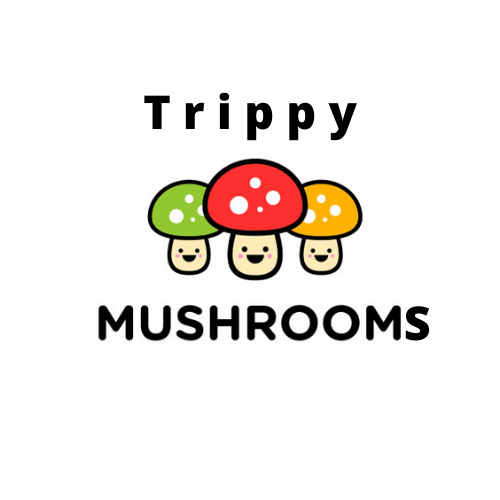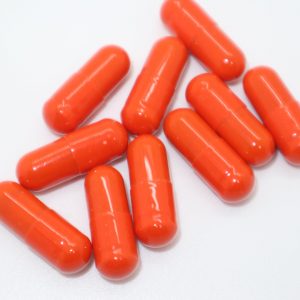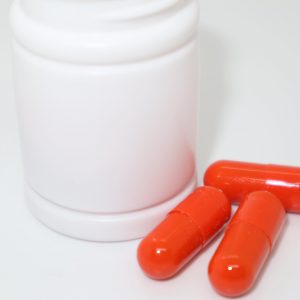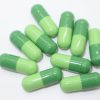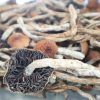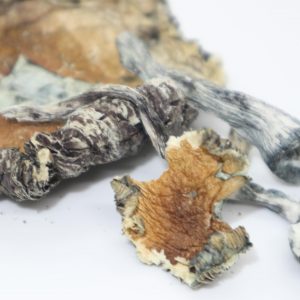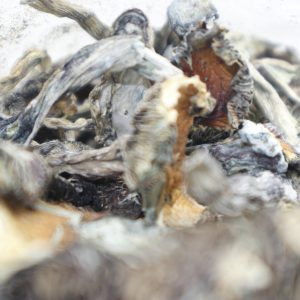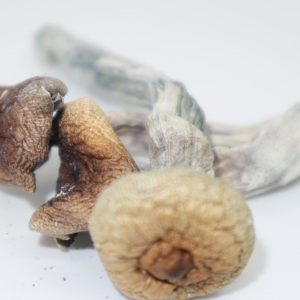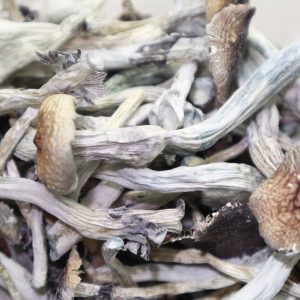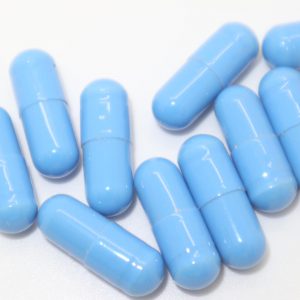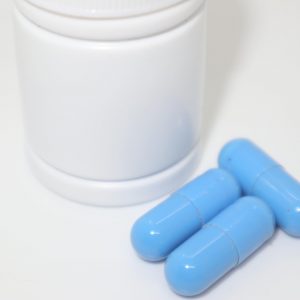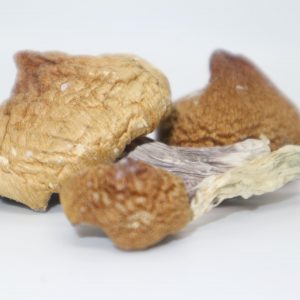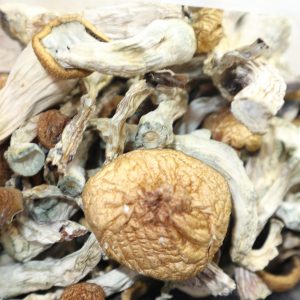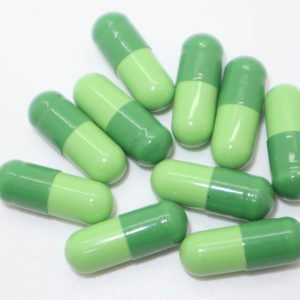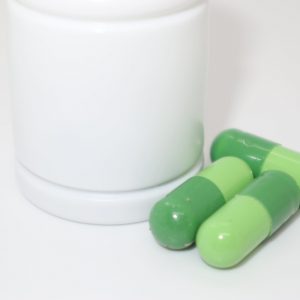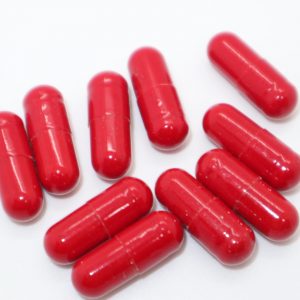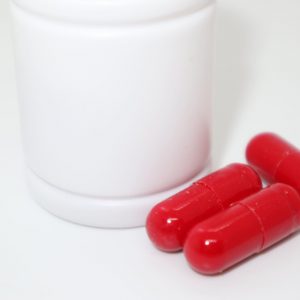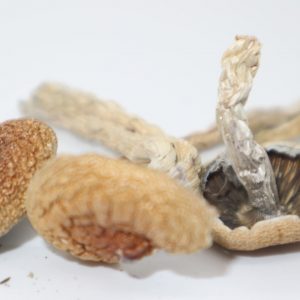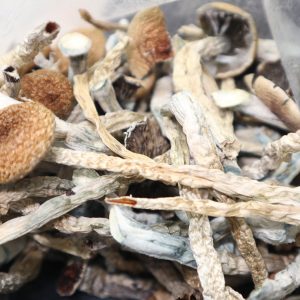Psilocybe Cubensis Shroom Capsules (Purple NOW)
$35.00 – $99.00
Earn up to 99 Trip Tokens.
- Increased Creativity
- Visual Distortions
- 325MG – 350MG Per Capsule
- Orange Capsules / Cubensis
- What You See Is What You Get 🙂 100% Organic Photos
Psilocybe Cubensis
is a species of psychedelic mushroom whose principal active compounds are psilocybin and psilocin. Commonly called shrooms, magic mushrooms, golden tops, cubes, or gold caps, it belongs to the Hymenogastraceae family of fungi and was previously known as Stropharia cubensis.
It is the most well known psilocybin mushroom due to its wide distribution and ease of cultivation.
Appearance
Pileus: 2–8 cm (1–3 in), conic to convex, becoming broadly convex to plane in age, may retain a slight umbo, margin even, reddish-cinnamon brown when young becoming golden brown in age, viscid when moist, hygrophanous, glabrous.
sometimes with white universal veil remnants decorating the cap, more or less smooth. Flesh whitish, bruising blue in age or where injured.
Gills: adnate to adnexed to sometimes seceding attachment, close, narrow to slightly wider towards the center, at first pallid to gray, becoming dark purplish to blackish in age, somewhat mottled, edges remaining whitish.
Spore print: dark purple brown
Stipe: 4–15 cm (2–6 in) long, 0.5–3.8 cm (0.2–1.5 in) thick, white to yellowish in age, hollow or somewhat stuffed, the well developed veil leaves a persistent white membranous annulus whose surface usually becomes concolorous with the gills because of falling spores, bruising blue or bluish-green when injured.
Taste: farinaceous
Odor: farinaceous
Microscopic features: spores 11.5–17 x 8–11 µm, subellipsoid, basidia 4-spored but sometimes 2- or 3-, pleurocystidia and cheilocystidia present.
Habitat and Distribution
The species was first described in 1906 as Stropharia cubensis by Franklin Sumner Earle in Cuba. In 1907 it was identified as Naematoloma caerulescens in Tonkin by Narcisse Théophile Patouillard, while in 1941 it was called Stropharia cyanescens by William Alphonso Murrill in Florida.
These synonyms were later assigned to the species Psilocybe cubensis.
The name Psilocybe is derived from the Greek roots psilos (ψιλος) and kubê (κυβη), and translates as “bare head”. Cubensis means “coming from Cuba”, and refers to the type locality published by Earle.
Personal-scale cultivation of Psilocybe cubensis mushrooms ranges from the relatively simple and small-scale PF Tek and other “cake” methods, that produce a limited amount of mushrooms, to advanced techniques utilizing methods of professional mushroom cultivators.
These advanced methods require a greater investment of time, money, and knowledge, but reward the diligent cultivator with far larger and much more consistent harvests.
Terence and Dennis McKenna made Psilocybe cubensis particularly famous when they published Psilocybin: The Magic Mushroom Grower’s Guide in the 1970s upon their return from the Amazon rainforest, having deduced new methods
(based on pre-existing techniques originally described by J.P. San Antonio) for growing psilocybin mushrooms and assuring their audience that Psilocybe cubensis were amongst the easiest psilocybin-containing mushrooms to cultivate)
Potency of cultivated specimens can vary widely in accordance with each flush (harvest). In a classic paper published by Jeremy Bigwood and M.W. Beug, it was shown that with each flush, psilocybin levels varied somewhat unpredictably but were much the same on the first flush as they were on the last flush;
however, psilocin was typically absent in the first two flushes but peaked by the fourth flush, making it the most potent.
Two strains were also analyzed to determine potency in caps and stems: In one strain the caps contained generally twice as much psilocybin as the stems, but the small amount of psilocin present was entirely in the stems. In the other strain, a trace of psilocin was present in the cap but not in the stem; the cap and stem contained equal amounts of psilocybin.
The study concluded that the levels of psilocybin and psilocin vary by over a factor of four in cultures of Psilocybe cubensis grown under controlled conditions.
As usual Trippy Mushrooms would like to remind you that like all medicine the earth has given us it is important to show respect and refrain from abusing the amazing power that this magic mushroom possesses.
In this section you will find that in order to have the best experience, you have to plan ahead, ideally a couple of days before so you can mentally and physically prepare yourself for the mind broadening experience. There are certain precautions that you should take especially when you have never had an experience with the psychedelic mushrooms.
| Capsules | 10 Caps, 20 Caps, 30 Caps |
|---|
Reviews
There are no reviews yet.
Only logged in customers who have purchased this product may leave a review.
Related products
Dried Mushrooms
Dried Mushrooms
Capsules
Dried Mushrooms
Capsules
Mushroom Edibles
Capsules
